The administrative council of the CULTURAL SOCIETY LONGOS organised in cooperation MATTHEOS-TOURS, Egio, an
EXCURSION to the island of Aegina
on Saturday, July 7, 2018

|
The administrative council of the CULTURAL SOCIETY LONGOS organised in cooperation MATTHEOS-TOURS, Egio, an EXCURSION to the island of Aeginaon Saturday, July 7, 2018
|

|
|
Service charge: 38 EURO per person The service charge included transfer by bus and ship. Departure from Longos at 6.00 a.m. to Piraeus. Embarkation to Aegina. Visit of the Church of St. Nectarios and the Temple of Aphaea. Dinner in Agia Marina. Return to Aegina-town for coffee, shopping and walk. At 5.45 p.m. embarkation to Piraeus an return to Longos.
|
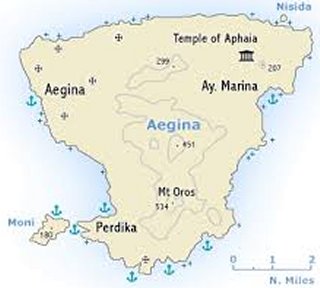
|
Aegina is one of the Saronic Islands of Greece in the Saronic Gulf, 27 kilometres (17 miles) from Athens. Tradition derives the name from Aegina the mother of the hero Aeacus, who was born on the island and became its king. During ancient times Aegina was a rival of Athens, the great sea power of the era.
Landmarks:- Temple of Aphaea, dedicated to its namesake, a goddess who was later associated with Athena; the temple was part of a pre-Christian, equilateral holy triangle of temples including the Athenian Parthenon and the temple of Poseidon at Sounion. - Monastery of Agios Nectarios, dedicated to Nectarios of Aegina, a recent saint of the Greek Orthodox Church.
|
|
- Ioannis Kapodistrias (1776–1831), the first administrator of free modern Greece, had a large building constructed; intended as a barracks, it was used subsequently as a museum, a library and a school. The museum was the first institution of its kind in Greece, but the collection was transferred to Athens in 1834. A statue in the principal square commemorates him. - Temple of Zeus Hellanios, near the village of Pachia Rachi, is a 13th-century Byzantine church, built on the ruins of the ancient temple to Zeus Hellanios, built in the 4th century BC. The staircase leading up to the church, some of the original walls, and loose stones from the earlier temple remain.
|
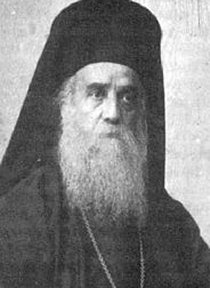
|
Saint Nectarios of Aegina (1 October 1846–8 November 1920), Metropolitan of Pentapolis and Wonderworker of Aegina, was officially recognized as a Saint by the Ecumenical Patriarchate of Constantinople in 1961. His Feast Day is celebrated every year on 9 November. Anastasios Kephalas was born on 1 October 1846 in Selymbria (today Silivri, Istanbul) in the Ottoman Empire to a poor family. His parents, Dimos and Maria Kephalas, were pious Christians but not wealthy. At the age of 14, he moved to Constantinople (Istanbul) to work and further his education. In 1866, at age 20, he moved to the island of Chios to take a teaching post. On November 7, 1876, he became a monk, at age 30, in the Monastery of Nea Moni, for he had long wished to embrace the ascetic life.
|
|
Three years after becoming a monk he was ordained a Deacon, taking the name Nectarios. He graduated from the University of Athens in 1885. During his years as a student of the University of Athens he wrote many books, pamphlets, and Bible commentaries. Following his graduation he went to Alexandria, Egypt, where he was ordained a priest and served the Church of Saint Nicholas in Cairo. He was consecrated Metropolitan bishop of Pentapolis (an ancient diocese in Cyrenaica, in what is now Libya) by the Greek Orthodox Patriarch Sophronios in 1889. He served as a Bishop in Cairo for one year. Nectarios was very popular with the people, which gave rise to jealousy among his colleagues. They were able to persuade his superior that Nectarios had ambitions to displace the Patriarch. Nectarios was suspended from his post without explanation.[3] He then returned to Greece in 1891, and spent several years as a preacher (1891–1894). He was then director of the Rizarios Ecclesiastical School for the education of priests in Athens for fifteen years. He developed many courses of study, and wrote numerous books, while preaching widely throughout Athens. In 1904, at the request of several nuns, he established Holy Trinity Monastery for them on the island of Aegina. Nectarios ordained two women as deaconesses in 1911. Up to the 1950s, a few Greek Orthodox nuns also became monastic deaconesses. In 1986, Christodoulos, the metropolitan of Demetrias and later archbishop of Athens and all of Greece, ordained a woman deacon in accordance with the "ritual of St. Nektarios" (the ancient Byzantine text St. Nektarios had used). In December 1908, at the age of 62, St. Nectarios resigned from his post as school director and withdrew to the Holy Trinity Convent on Aegina, where he lived out the rest of his life as a monk. He wrote, published, preached, and heard confessions. He also tended the gardens, carried stones, and helped with the construction of the monastery buildings that were built with his own funds. St. Nectarios died on November 8, 1920, at the age of 74, following hospitalization for prostate cancer and two months of treatment. His body was taken to the Holy Trinity Convent, where he was buried by his best friend St Savvas of Kalymnos, who later painted the first icon of St. Nectarios. The funeral of St. Nectarios was attended by multitudes of people from all parts of Greece and Egypt. His anathema was not lifted by the Alexandrian Patriarchate until 1998.
|
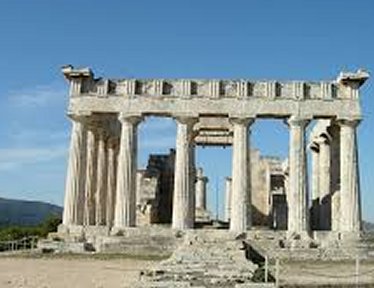
|
The Temple of Aphaia is located within a sanctuary complex dedicated to the goddess Aphaia on the island of Aegina. Aphaia was a Greek goddess who was worshipped exclusively at this sanctuary. The extant temple of about 500 BC was built over the remains of an earlier temple of about 570 BC, which was destroyed by fire about 510 BC. The elements of this destroyed temple were buried in the infill for the larger, flat terrace of the later temple, and are thus well preserved. Abundant traces of paint remain on many of these buried fragments. There may have been another temple in the 7th century BC, also located on the same site, but it is thought to have been much smaller and simpler in terms of both plan and execution.
|
|
Significant quantities of Late Bronze Age figurines have been discovered at the site, including proportionally large numbers of female figurines (kourotrophoi), indicating – perhaps – that cult activity at the site was continuous from the 14th century BC, suggesting a Minoan connection for the cult. The last temple is of an unusual plan and is also significant for its pedimental sculptures, which are thought to illustrate the change from Archaic to Early Classical technique. These sculptures are on display in the Glyptothek of Munich, with a number of fragments located in the museums at Aigina and on the site itself.
|
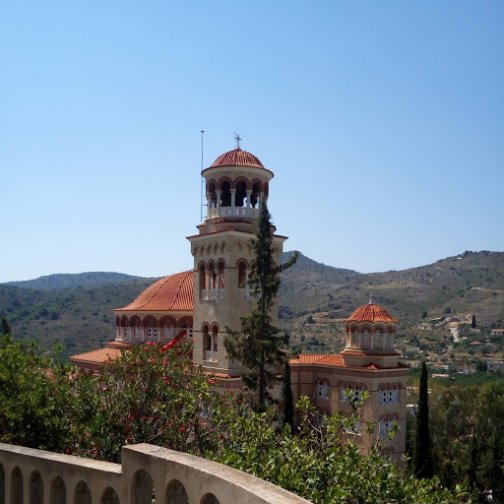 |
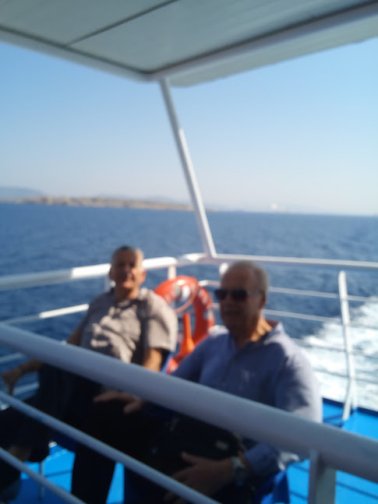 |
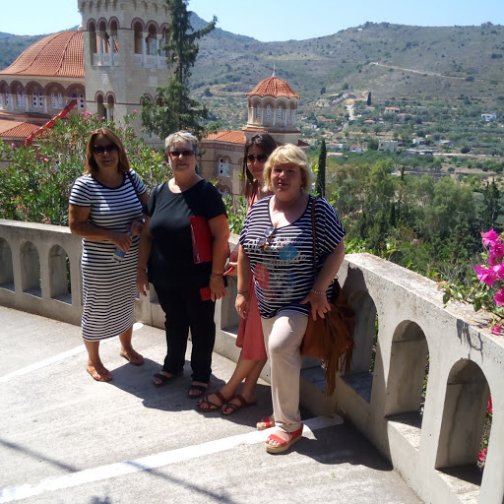 |
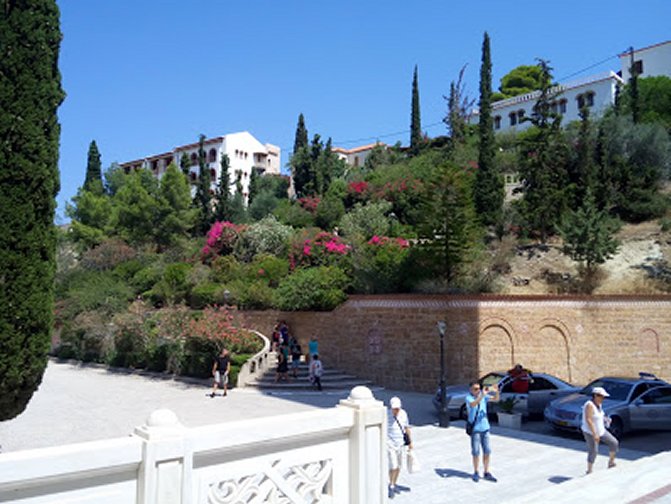 |
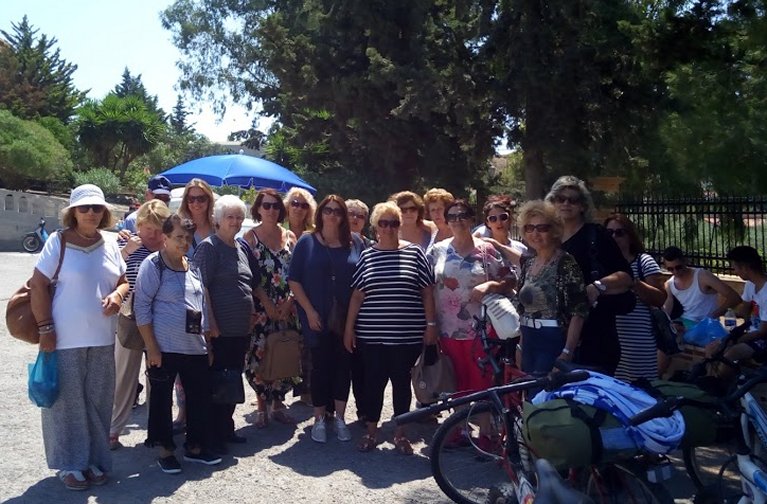 |
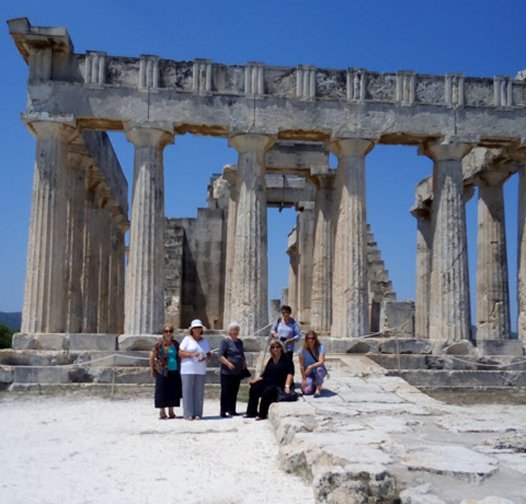 |
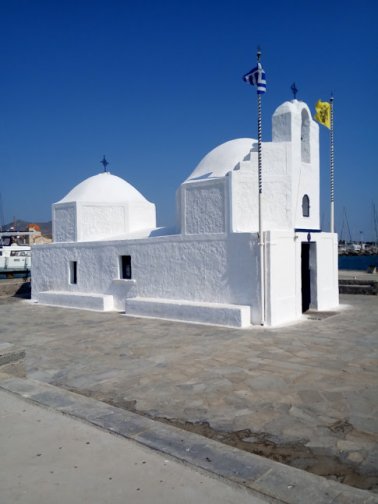 |
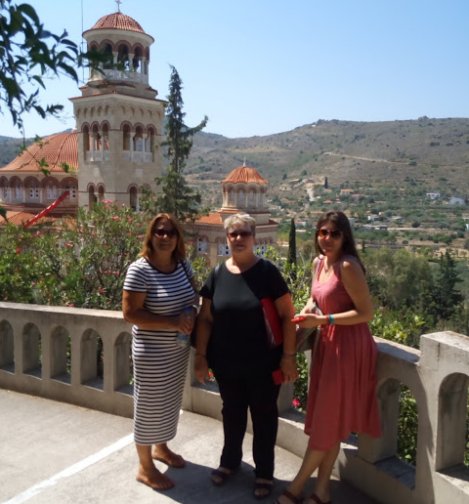 |